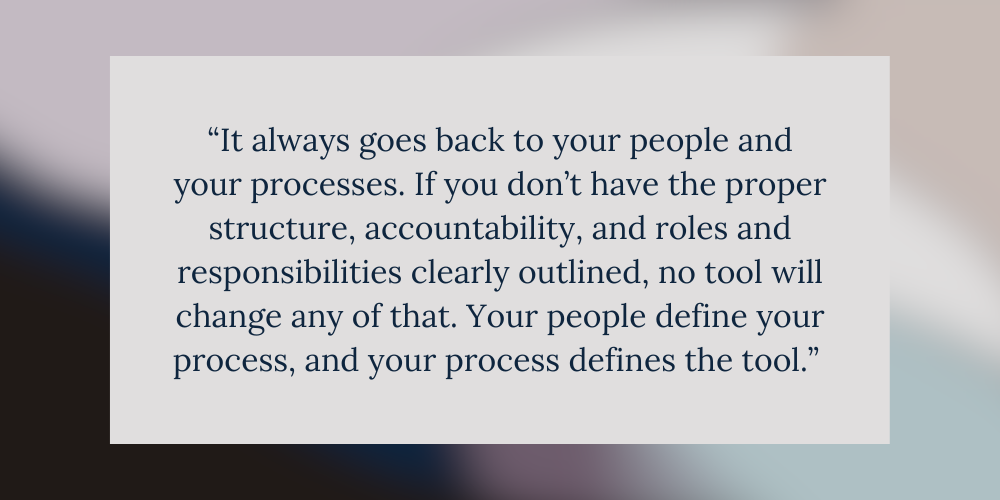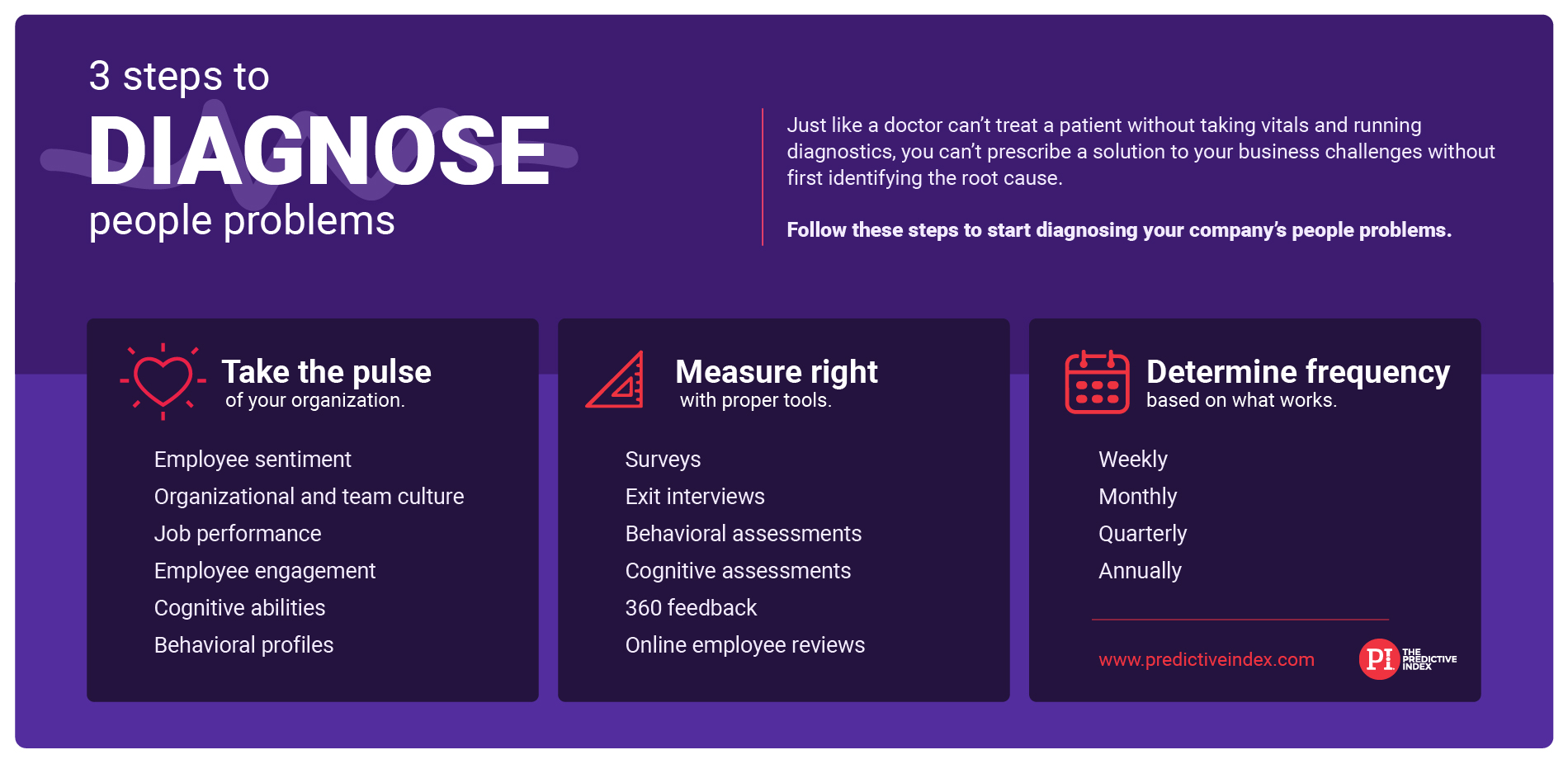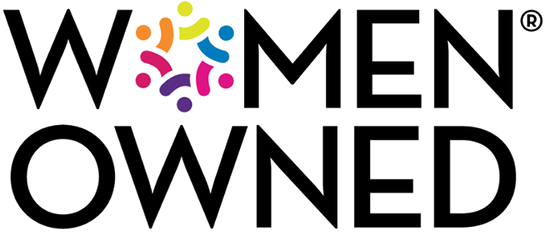It’s no surprise that the time management industry is a multi-billion dollar industry. As individuals, we experiment with different planners, apps, and software, hoping one of them will help us be more organized. As companies, we implement new processes and procedures and buy software to improve efficiency and productivity.
In the agency world, the same thing occurs. Every company is looking for the perfect project management tool that will solve all their problems.
We often get calls from prospects who are switching from one tool to another because the old one isn’t “able to meet our ‘unique’ requirements” or “doesn’t give us what we need.”
The thing is, it’s almost never the tool that’s the problem.
The real problem is that you aren’t addressing people and process problems first.
If you find yourself in this situation, thinking that your agency just needs a better tool, stop and ask yourself a few questions.
Is the Tool Really the Problem?
-
- Do we have our processes documented?
Documenting your processes is key to ensuring everyone is following the same procedures. If you have already documented your processes, it’s time to test them by following the steps and seeing what happens. If you run into problems, then you have process and people issues. - Are there recurring problems?
If you keep encountering the same problems, you likely have process, people, and systems issues. - Have I enforced the processes or held staff accountable?
If you don’t enforce the processes you created, it’s likely your people aren’t taking them seriously because you aren’t. - Am I using our existing tool the way it was designed?
If you know you aren’t using your existing tool to its capacity, or you aren’t sure, you most likely have a people problem. - Do we operate in silos?
Are many of the people in your organization operating in silos? If so, there are process and people issues that should be addressed. - Are we still using Google Sheets or Excel for reporting or status meetings?
If you are using either of these to manage projects, then you definitely have a systems issue. - Are everyone’s roles and responsibilities clearly defined?
Your people must understand what they are responsible for in order to succeed. No tool can provide that clarity. - Are we setting expectations and managing them?
If you can see that this is a weakness in your organization, you have people and process problems, not a systems problem. - Do we need to use our time better, spending less time creating status reports and meeting minutes?
If so, your opportunity for improvement lies in evaluating your people, processes, and systems. - Are we communicating everything by email or getting lost in Slack or Teams?
If communication about projects is done through email or hard to locate, you have process and systems problems. - Does Leadership see the value?
Leaders must lead by example. If senior leaders do not express their support of a new process or system, employees will not see the value in adopting it. - Did you self-implement?
Self-implementing a new system leaves you with a cookie-cutter system that seldom works well for any team. Your needs, people, and processes are unique and your system must be customized if you want it to be effective. - Are we using multiple tools that do similar things, such as Basecamp, Asana, Trello, QuickBooks, Email, Slack, Google Drive, or Dropbox?
Using multiple tools, especially those that do similar things, is a sign that you have people, process, and systems issues.
- Do we have our processes documented?
Get a free printable checklist with these questions that you can share with your team by clicking: HERE

If your answers to these questions indicate that you have a people, process or systems issue, you may feel overwhelmed. It can be harder to identify a people, process or systems issue than it is to switch to a new tool.
That’s when it’s time to bring someone on board who can provide objective expertise to help you identify the problems and provide solutions.
Everyone wants a tool that will solve all their problems, whether it’s communication, file management, resource management or financial requirements. But no one stops to consider is it the problem with the tool or is it us?
It always goes back to your people and your processes. If you don’t have the proper structure, accountability, and roles and responsibilities clearly outlined, no tool will change any of that. Your people define your process, and your process defines the tool.
At KF Strategies, we can help you resolve all of your challenges, and either leverage the tool you’re already in, or help you find the right one that fits your needs. Get in touch with us today to schedule a consultation.





